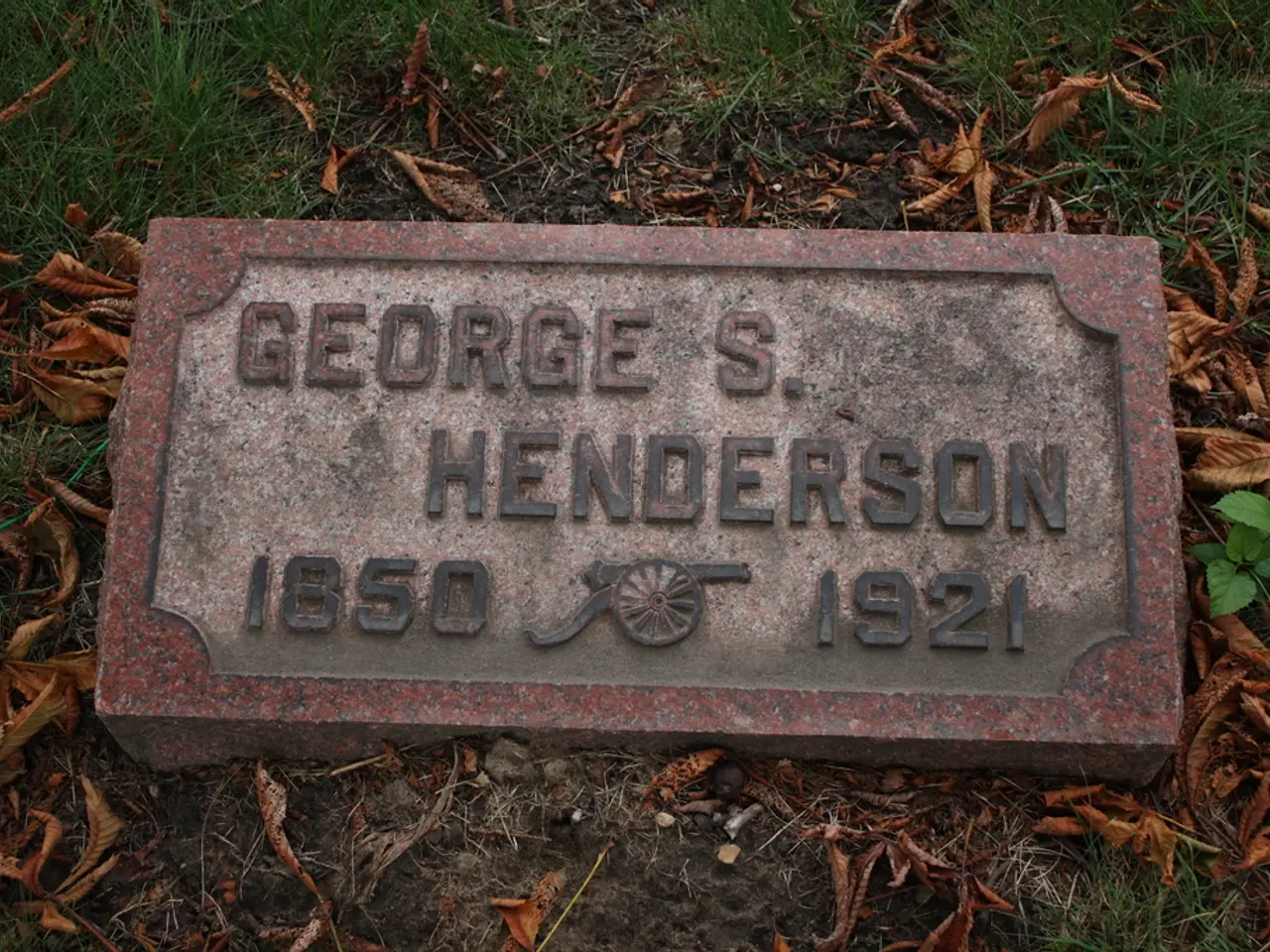recycling soil: a matter of necessity, not choice?
Preparing Soil for Reuse: A Guide to Sterilization and Nutrient Replenishment
For gardeners and plant enthusiasts, the reuse of soil from potted plants is a cost-effective and eco-friendly practice. However, it's crucial to ensure that the soil is sterilized to eliminate harmful pathogens before replanting, especially if the previous plant suffered from disease or pests. Here are some effective methods for soil sterilization and preparation:
Heat Sterilization
Heat sterilization is a reliable method to kill pathogens in soil. There are three ways to achieve heat sterilization:
- Oven: Spread moist soil in an oven-safe container and heat at around 180-200°F (82-93°C) for 30 minutes. This method effectively kills pathogens but be careful not to overheat as it may harm beneficial microbes.
- Microwave: Place moist soil in a microwave-safe container, cover loosely, and microwave on high for about 90 seconds per kilogram of soil.
- Boiling Water: Pour boiling water over the soil and let it sit to kill pests and diseases.
Solarization
Solarization is another effective method for sterilizing soil. It makes use of the sun's heat to kill most harmful organisms without the use of chemicals. To solarize soil:
- Moisten the soil and place it in a sealed black plastic bag.
- Leave the bag exposed to full sun for 4 to 12 weeks. The sustained heat from sunlight kills most harmful organisms while reducing weed seeds. However, this method may also reduce some beneficial microbes.
Soil Refreshing
If the previous plants were healthy, you can reuse soil by removing the top 6 inches and mixing it with fresh potting soil or organic matter to replenish nutrients. Adding slow-release fertilizer helps restore fertility.
Additional Tips
- Avoid reusing soil without sterilization if the previous plant was diseased to prevent repeat infections.
- Consider composting or adding organic matter to improve soil structure, moisture, and nutrient retention before reuse.
By following these methods, you can ensure safer reuse of soil, promoting healthy growth for new plants while minimizing risks from pathogens or pests. If disease was severe, discarding the soil may be safest.
In summary, sterilizing soil by heat (oven, microwave, boiling water) or solarization, combined with replenishing nutrients and organic matter, is the best practice to prepare soil from a dead plant for reuse.
[1] University of California, Agriculture and Natural Resources. (2021). Home Composting. Retrieved from https://anrcatalog.ucanr.edu/Details.aspx?itemNo=8037 [2] University of Nebraska-Lincoln Extension. (2021). Solarization. Retrieved from https://extension.unl.edu/statewide/soil-nutrient-testing/soil-management/solarization/ [3] University of Florida IFAS Extension. (2021). Solarization. Retrieved from https://edis.ifas.ufl.edu/pdffiles/PP/PP02000.pdf [4] University of Illinois Extension. (2021). Soil Fertility and Health. Retrieved from https://extension.illinois.edu/soiltest/soil-health/
- Adopting a lifestyle that includes home-and-garden activities like gardening can involve reusing soil from potted plants for a more sustainable approach. Ensure the soil health by sterilizing it through heat methods (oven, microwave, boiling water) or solarization, and replenish nutrients by mixing it with fresh potting soil or organic matter.
- Taking care of soil health is essential when reusing soil from previous potted plants to create a healthy home-and-garden environment. This can be achieved by following the practices of sterilization, nutrient replenishment, and potentially composting or adding organic matter to improve soil structure and nutrient retention.




